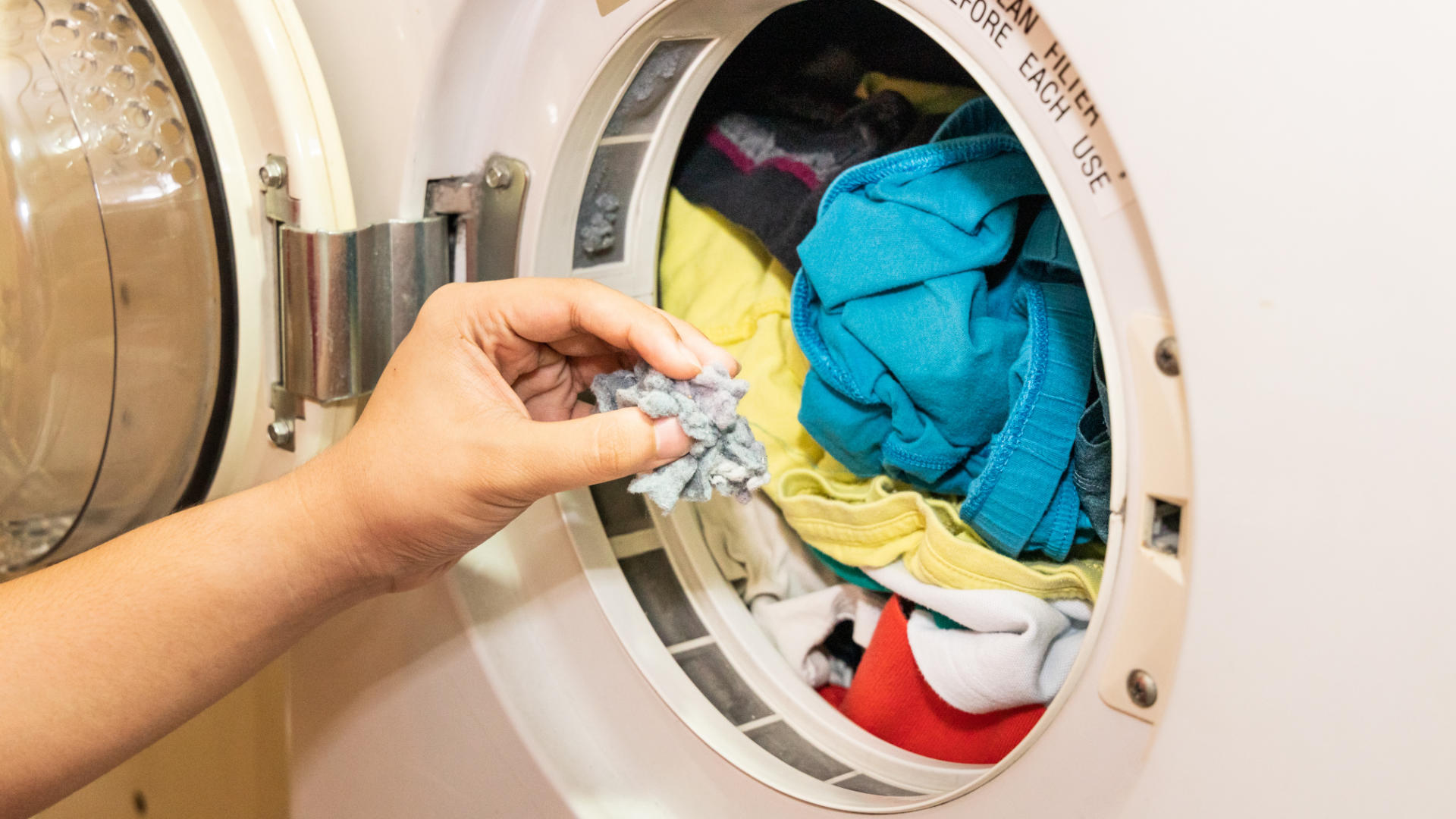If you're reading this, chances are you're experiencing one of the most common household problems - your dryer is not heating up. This can be an incredibly frustrating situation, especially when you're trying to get your laundry done quickly. Fortunately, there are several solutions that you can try to get your dryer back up and running in no time.
Checking the Power Source
The first thing you should do is check that your dryer is properly plugged in and that the circuit breaker hasn't tripped. If everything is connected as it should be, try resetting the circuit breaker and see if that solves the problem.

Checking the Air Flow
If the power source isn't the issue, the next thing you should check is the air flow. A clogged dryer vent can cause your dryer to overheat and stop working. Make sure that the vent is clear of any lint or debris, and check that the exhaust hood outside your home is not blocked.
Replacing the Heating Element
If the power source and air flow seem to be okay, the problem may lie with the heating element. Over time, the heating element can become damaged or burnt out, and may need to be replaced. If you're handy with tools, you can purchase a new heating element and replace it yourself, otherwise, it's best to call a professional.

Testing the Thermal Fuse
The thermal fuse is a safety device that stops the dryer from overheating. If the thermal fuse is blown, it will need to be replaced before the dryer will work again. You can test the thermal fuse using a multimeter to check its continuity. If there is no continuity, the thermal fuse needs to be replaced.
Inspecting the Thermostat
The thermostat is another safety device that prevents your dryer from overheating. If the thermostat is faulty, it can cause your dryer to stop heating. You can test the thermostat using a multimeter to check its resistance. If the resistance is not within the specified range, the thermostat needs to be replaced.

In conclusion, if your dryer isn't heating up, there are several things you can try before calling in a professional. Check your power source, ensure proper air flow, inspect and replace the heating element, thermal fuse, or thermostat if necessary.
It's always best to take some preventative measures to avoid such problems in the future. Make sure to clean the lint trap after every use, and schedule regular maintenance with a professional to ensure your dryer stays in good shape. With a little care, your dryer should work as good as new!
